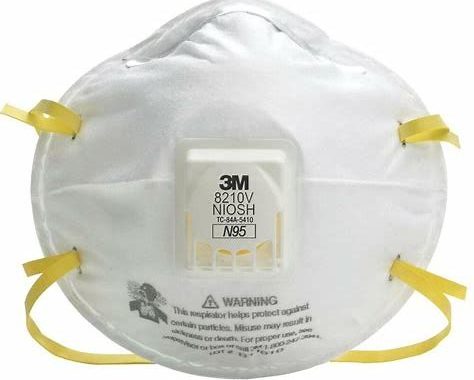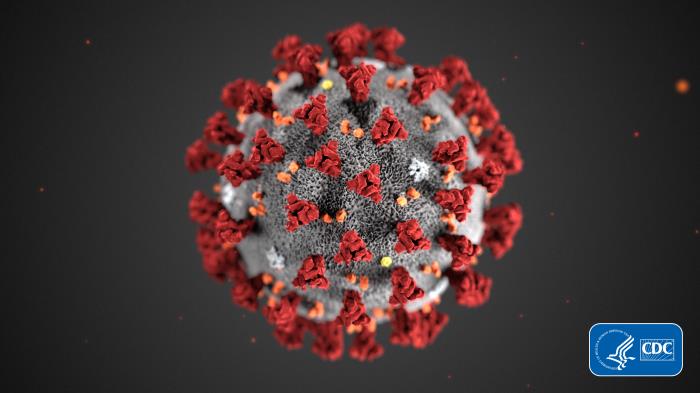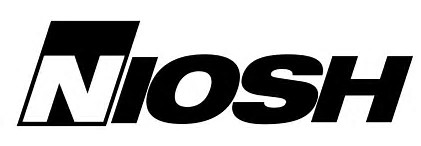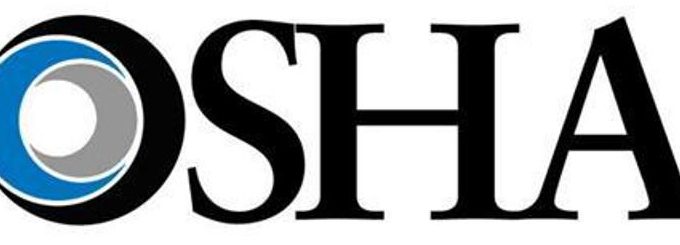The US Occupational Safety and Health Administration (OSHA) has specific requirements for sharps containers in…

OSHA Requirements for Occupational Use of N95 Respirators in Healthcare
 Healthcare employers must comply with the U.S. Occupational Safety and Health Administration’s (OSHA’s) requirements to prevent occupational exposure to SARS-CoV-2, the virus that causes 2019 Coronavirus Disease (COVID-19). When surgical N95 respirators are necessary to protect employees, employers must implement a comprehensive respiratory protection program in accordance with Federal OSHA’s Respiratory Protection Standard (29 CFR 1910.134). (California employers must comply with Cal/OSHA’s Respiratory Protection Standard (5144) and Cal/OSHA’s Aerosol Transmissible Diseases (ATD) Standard (5199).)
Healthcare employers must comply with the U.S. Occupational Safety and Health Administration’s (OSHA’s) requirements to prevent occupational exposure to SARS-CoV-2, the virus that causes 2019 Coronavirus Disease (COVID-19). When surgical N95 respirators are necessary to protect employees, employers must implement a comprehensive respiratory protection program in accordance with Federal OSHA’s Respiratory Protection Standard (29 CFR 1910.134). (California employers must comply with Cal/OSHA’s Respiratory Protection Standard (5144) and Cal/OSHA’s Aerosol Transmissible Diseases (ATD) Standard (5199).)
 What is a surgical N95 mask?
What is a surgical N95 mask?
A surgical N95 mask or respirator is a single-use, disposable respiratory protective devices used and worn by healthcare personnel during procedures to protect healthcare personnel from the transfer of microorganisms, body fluids, and particulate material. Surgical N95 masks are regulated as class II medical devices by the U.S. Food and Drug Administration (FDA), under 21 CFR 878.4040, and must be certified by the U.S. National Institute for Occupational Safety and Health (NIOSH) under 42 CFR Part 84.
When worn properly (with the mask making a tight seal with the user’s face), surgical N95 masks can filter at least 95% of very small (0.3 micron) test particles, protecting against hazardous airborne contaminants, including dusts, fumes, mists and microbial agents such as tuberculosis bacteria & viruses. Surgical N95 masks do not protect against gases, vapors, and oil mists, and cannot be used for asbestos.
 What does OSHA’s Respiratory Protection Standard require?
What does OSHA’s Respiratory Protection Standard require?
When surgical N95 masks are required for employee safety, along with providing the masks, the employer must have a written respiratory protection program that addresses:
- Procedures for selecting respirators for use in the workplace. Surgical N95 masks must have NIOSH approval.[i] To see if a respirator is NIOSH-certified, look for the NIOSH logo as well as the test and certification approval number, or TC number. The logo and TC number can be found on the respirator’s package or the user instruction insert, and sometimes they appear directly on respirator components, such as the respirator filter or cartridge. If the respirator is not NIOSH-certified, do not use it in a hazardous area.
- Medical evaluation/clearance to determine if users are physically fit to wear a respirator.
- Employee training, initial and annual, to ensure users are familiar with surgical N95 respirators, their proper use, donning procedures, and protective limitations.
- Qualitative or quantitative fit testing, initial and annual, to determine which respirator model/size provides a proper fit for the user.[ii] Refer to OSHA’s video on how to conduct fit testing for more information.
- Procedures for cleaning, disinfecting, storing, inspecting, repairing, discarding and otherwise maintaining respirators.
What else should a mask user do to protect themselves?
The effectiveness of surgical N95 respirators relies on how well the mask seals to the user’s face. To ensure surgical N95 respirators work effectively, users should be instructed to do the following:
- ONLY use the respirator model and size for which they have been fit tested. Improper fit can result in inadequate protection.
- Do NOT use the respirator with beards or other facial hair, which may interfere with the direct contact between the face and the sealing surface of the respirator.
- Conduct a seal-check every time they don the mask (before entering hazardous area).
- Leave the work area immediately if the respirator becomes damaged, soiled or they experience problems with respirator use (breathing becomes difficult, dizziness, irritation, etc.).
Can surgical N95 masks be reused?
All FDA-cleared N95 respirators are labeled as “single-use” disposable devices. If the respirator is damaged or soiled, or if breathing becomes difficult, the user should remove the mask, discard it properly, and replace it with a new one. However, in times of crisis such as a supply shortage during a pandemic, the U.S. Centers for Disease Control and Prevention’s (CDC’s) position is that N95 mask decontamination and reuse may need to be considered as a crisis capacity strategy to ensure continued availability. Refer to the CDC’s Strategies for Optimizing the Supply of N95 Respirators during the COVID-19 Response for more information. When ready for disposal, to safely discard a N95 respirator, place it in a plastic bag and put it in the trash. Practice hand hygiene after handling/wearing the respirator.
Where can I find more information on personal protective equipment (PPE) during the COVID-19 pandemic?
[i] Due to the shortage of NIOSH-certified N95 masks, the U.S. Food and Drug Administration issued an Emergency Use Authorization (EUA) which temporarily permits the use of respirators approved under standards used in other countries or jurisdictions that are similar to NIOSH-approved N95 respirators.
[ii] In March 2020, Federal OSHA issued a Temporary Enforcement Guidance allowing enforcement discretion in suspending the annual fit-testing requirement for healthcare industry. Initial fit-testing is still required. Note that this OSHA Temporary Enforcement Guidance does not appear to apply in California.
Since 1992, OSHA Review, Inc. has provided dental professionals with comprehensive programs to support regulatory compliance and infection control. We are a registered continuing education provider in the state of California, specializing in Dental Practice Act, infection control, and OSHA training.

